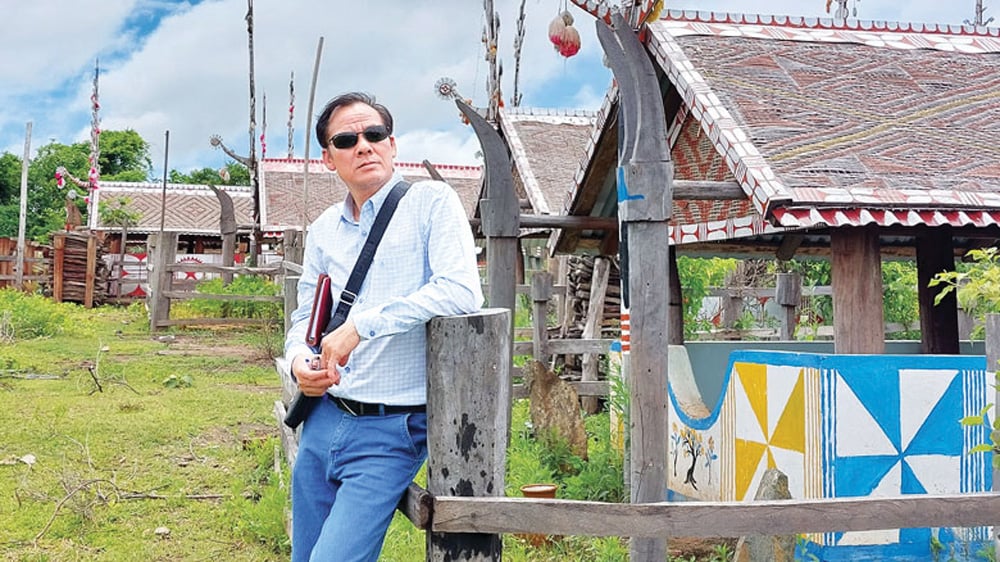 |
| Journalist Uong Thai Bieu at the cemetery of Plei Pyang village, Gia Lai province |
I think that to have literature that is both beautiful and profound and retains its value over time, requires the writer to be diligent, dedicated, to seek and learn, to have a thirst for discovery and to feel with both mind and heart. Uong Thai Bieu is such a writer. He is known to readers and the public as a journalist, poet, and screenwriter. No matter what field he is in, Uong Thai Bieu has left his mark on his journey with words.
• JOURNEY TO EXPERIENCE THE CULTURAL SOURCE
Uong Thai Bieu writes about many different topics about culture, history, people... For him, "A flower whose name we don't know blooms on a strange land. A river we wade across for the first time. A relic, a famous place, a folk story, an ancient song... Just like that, but it is the differences, the differences that create identity. Journalists go and then arrive. When they arrive, they feel and are excited by the experiences and discoveries" (Echoing Sounds).
At each stop, Uong Thai Bieu gives readers profound insights from the process of land opening, about the past journey, not dry data and numbers but the whole story, the whole historical process is skillfully and vividly led. That is the land of Phu Gia, "where the patriotic young king Ham Nghi and the generals of the war faction established a defense line against the invaders, a place that for more than a century has been covered with a legendary mist" (Old Stories of Phu Gia Land). That is the land of Tien Dien, where "the hermit To Nhu fanned herself to enjoy the Lam Giang wind" (Before Giang Dinh). That is Phu Tho, the ancestral land of the Vietnamese people, "We go in search of the reality in our dreams. We step on the foundation of the ancestral land but our hearts are immersed in the mysterious and legendary incense smoke" (Towards the ancestral land). That is Vinh Citadel Memory, Hai Van Quan under the white clouds, By the border river... That is also the meeting with the "living treasures" of folklore, the Dao Nuong in the land of Ca Tru, the Khuoc Cheo artist, the Bac Ninh Quan Ho singers, the Ha Thanh Xam singing... Following the author's footsteps, I see the figure of a wandering singer entangled with nostalgia for the old days, traveling to find and sing the old songs that still remain amidst the light of modernity.
Talking about old stories and people, Uong Thai Bieu created a space imbued with nostalgia, “The scenery is refreshing, the summer sun is just at its peak above. Where is the reunion scene, where is the cinnamon and locust yard? The moss covering the old brick floor lifts my steps back to the distant past” (Before Giang Dinh). “The green thousand Hong still bears the proud figure of Uy Vien Tuong Cong, riding his horse and singing a carefree song praising the thousand straight pine trees. The wind blows on Lam Giang, pushing the moonlit boat, To Nhu’s shadow is still there…” (Dao Nuong in the land of Ca Tru). “The red banyan leaves fall in surprise before the road tinged with the color of the cool breeze along the depth of the street. Private emotions overflow in the twilight” (Old Street, Old People)… His writing style suddenly makes me think of the storytellers of the past, who knew the classics by heart, using their own language to turn seemingly familiar stories into fascinating and thrilling ones.
However, not only reminiscing, Uong Thai Bieu also expressed his thoughts about the changes in the present, contributing the voice of a person who longs to preserve the values left by his ancestors. “I suddenly thought of a day when a supermarket named Cora or Plaza would appear under the banyan tree of my village. And at that time, I wonder if there would be any space for the rustic, romantic folk song” (Countryside Market, a Sacred Fire). “Standing precariously on the edge of the pass, looking at Hai Van Quan, a sadness spread. While there was no final word on who was responsible, the rain, sun, and storms still passed through this place” (Hai Van Quan under the white clouds). The author’s echo was answered when this famous place was restored, returning to its original majestic appearance.
Uong Thai Bieu has left many footprints on the land of the Central Highlands, where he has been attached for more than three decades. During his journalism career, he has uncovered many layers of mystery in the midst of the majestic wilderness, revealing unique cultural layers of the highland ethnic groups. Uong Thai Bieu quoted the late Professor Pham Duc Duong - Director of the Institute of Southeast Asian Studies to explain his journey of discovery: "I live and write in the Central Highlands, if I do not have some understanding of the history, culture, and identity of the indigenous people, my articles will be bland, marginal, and unable to provide readers with interesting layers of sediment inside" (Those who inspire).
Uong Thai Bieu came to the people to understand them, to tell stories as an insider, not through the eyes of a leisurely tourist. Those were the times when he went to trade to play Tet, "In the culture of the indigenous ethnic minorities of the Central Highlands, their traditional Tet is the agricultural rituals, life cycle rituals and traditional festivals that carry the cultural colors of the ethnic group". Those were the times when he ate and slept with the people to experience the intertwined connection between the fire and the gong sound, "The fire nourishes the gong sound. The gong can only be innocent and confide, conveying sacred messages by the fire. The fire will go out when the gong's soul is sent off, the gong stops when the gong loses its fire". To understand the culture of the long house, "In the past, the whole village of hundreds of people had only five or seven long houses, each house sometimes had an entire extended family, even a whole clan of up to hundreds of people living together. In each long house there were up to a dozen kitchens, meaning up to a dozen small families living together" (Where are the long house kitchens and fires?).
Thanks to his close relationship with his people, Uong Thai Bieu brings readers many interesting things about the identity of the ethnic groups, about their bare feet, about the seasons, about the wandering nature in their people; about the music of the Central Highlands people, "The Central Highlands does not howl or roar. The Central Highlands is not as fiery as many people mistakenly think. The fire in Central Highlands music is a flame burning from the heart, burning from the silent but powerful flow of culture. Contemporary Central Highlands music is inspired by the folk songs of Ayray, Kuut, Lahlong, Yallyau... In it is a whole world of passion, gentleness, depth, and wildness; of a desolate sadness but pure like a stream, like a waterfall" (Like a Phi bird flying back to its origin). He also reveals many things that have receded into the past, now only faint traces remain. That the ancestors of the Churu people in the great forest today could be the ancient Cham royal family (Phieu lang Churu). That the Cham people were once the masters of the ocean, "built large boats to make voyages to Thailand, Khmer, Java... to create their own magnificent architecture with many styles" (Cham region ramblings)...
• THE HAUNTING OF THE COUNTRYSIDE
In the essay Tham tham hon que, Uong Thai Bieu mentioned the saying of People's Artist Tran Van Thuy, "if you go all the way to the end of the sea... keep going and going and you will return to... your village". Perhaps he borrowed the talented director's idea to talk about himself. Through the pages, he leads readers to explore many lands he has set foot on, from the South to the North, from the East to the West, but the most emotional and profound feeling I feel is still in his hometown Nghe An. That place, in addition to taking readers to explore the cultural and historical journey, the beauty of the land and people, also contains a deep nostalgia for the past, for relatives and friends, for a hard-working and innocent childhood. “After experiencing the sweetness and bitterness of life, every night when I wake up, I still remember the heartbreaking sound of a cuckoo bird in the mangrove forest when the tide is low. My memories are of forests in the swamps with dense green leaves and endless purple flowers. At night in the city, I still can’t forget the sound of bare feet pressing on the dirt road in front of me” (Memories of the wind). The countryside is his obsession, when “I think and write forever but can’t escape the vast and deep space of the countryside that has existed and will always exist in my soul” (The country boy wearing the urban shirt - Writer Phong Diep talks with Uong Thai Bieu).
In nostalgia, the Lam River appears as a soulful, lively, and soulful entity full of humanity. “Every night I also think of my hometown Lam River as if sending it to the deepest place in my soul. The Lam River in me is also the image of a woman, but a woman giving birth after the agony of physical pain” (The Song of the River). “The gentle river is sweet like mother’s milk, embracing, soothing, and healing” (Children’s Nursery Rhyme).
Reading Uong Thai Bieu's writing, it is easy to see that he talks a lot about the wind. As much as if he himself were the wind. The wind with its many forms. The wind filled with deep feelings. The wind that lingers from the past. The wind that wanders in the vast wilderness. The sweet wind blowing from Nghe An and Lam River. "The wind blows as if it has been yearning for a thousand years to blow. The wind is burdened with hardships in the journey of the red alluvial clouds down from the vast wilderness. The wind smells of young mud accumulated from a prosperous life. The wind plays with the restless sounds of lost birds at the end of the night" (The Old Season of the Banyan Flower). "The wind dries the tears of those who are pitiful. The wind soothes their worries. The wind lulls babies to sleep. The wind carries the souls of the elderly. The winds of sharing and sympathy" (The Singing River). “The Central Highlands, the windy months. The winds turn without struggling, do not flare up into hurricanes, do not tear the grass and trees apart. The winds do not roar like storms in the coastal region. The winds blow long over mountains, over hills, over rivers, over waterfalls, just enough to spread to the ground all the thousands of years of accumulation in the deep chest of the great forest. The winds are wild and unrestrained” (The Going Season). In his four books, half of the themes are inspired by the wind, the poetry collection “Wind from the Field” and the essay book “Wind Blows from the Land of Memory”.
* * *
With 35 years of professional journalism, Uong Thai Bieu has traveled to many places, met many people, many identities, many lives and expressed them through countless vivid articles. The words are not only of the usual journalistic nature but are imbued with soul, thoughts and profound explanations. As a journalist, Uong Thai Bieu does many things, writes in many fields, with diverse topics, but culture is the land that gives him endless inspiration and leaves a deep impression. He said that for journalists, determining the "compass" for their pen is very important, for him it is the journey of experiencing culture. “No matter where in this country, history and culture are always the attraction and also the yeast that creates the writing power”, Writer, journalist, translator Phan Quang said about him, “What holds the reader’s soul is the cultural essence, the spirit that emanates from the landscape where we go, from the people we accidentally meet. Uong Thai Bieu is not satisfied with what he sees before his eyes. He tries to find the hidden cultural soul somewhere. For things that are not yet clear or want to be clearer, as a journalist, he relies on scholars, artists, artisans through exchanges. Culture is the attraction, but also the reward for Uong Thai Bieu’s efforts from his trips and meetings…”.
Source: https://baolamdong.vn/van-hoa-nghe-thuat/202506/uong-thai-bieu-ngon-gio-lang-du-25134cc/


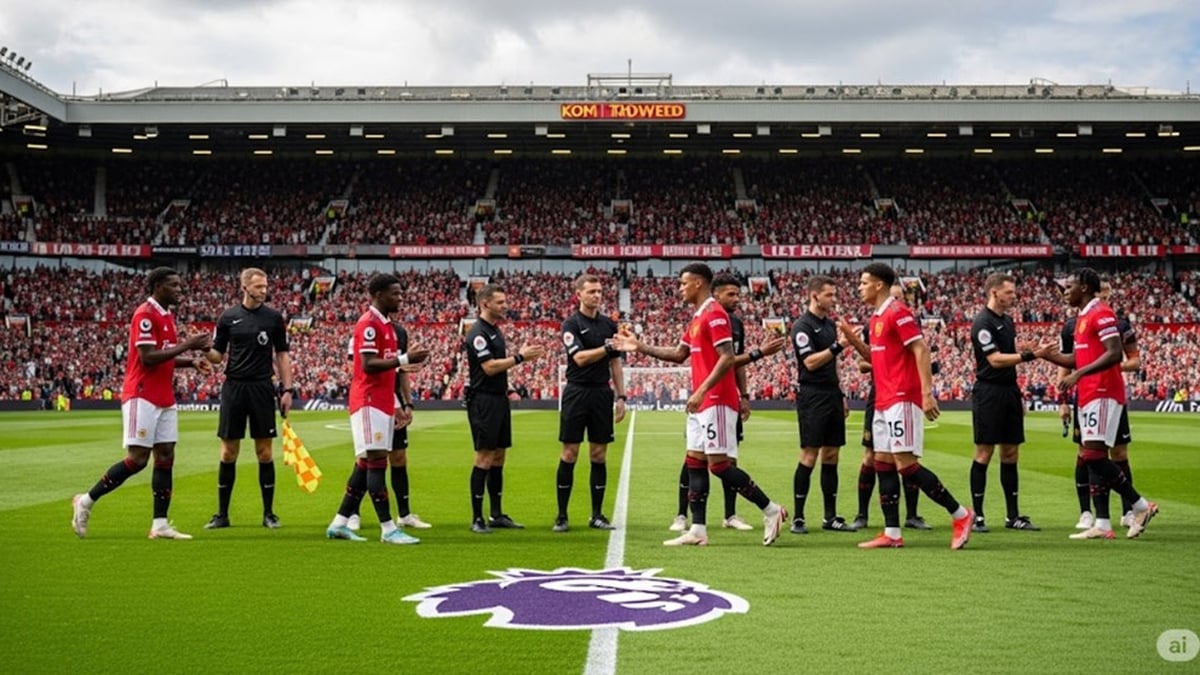

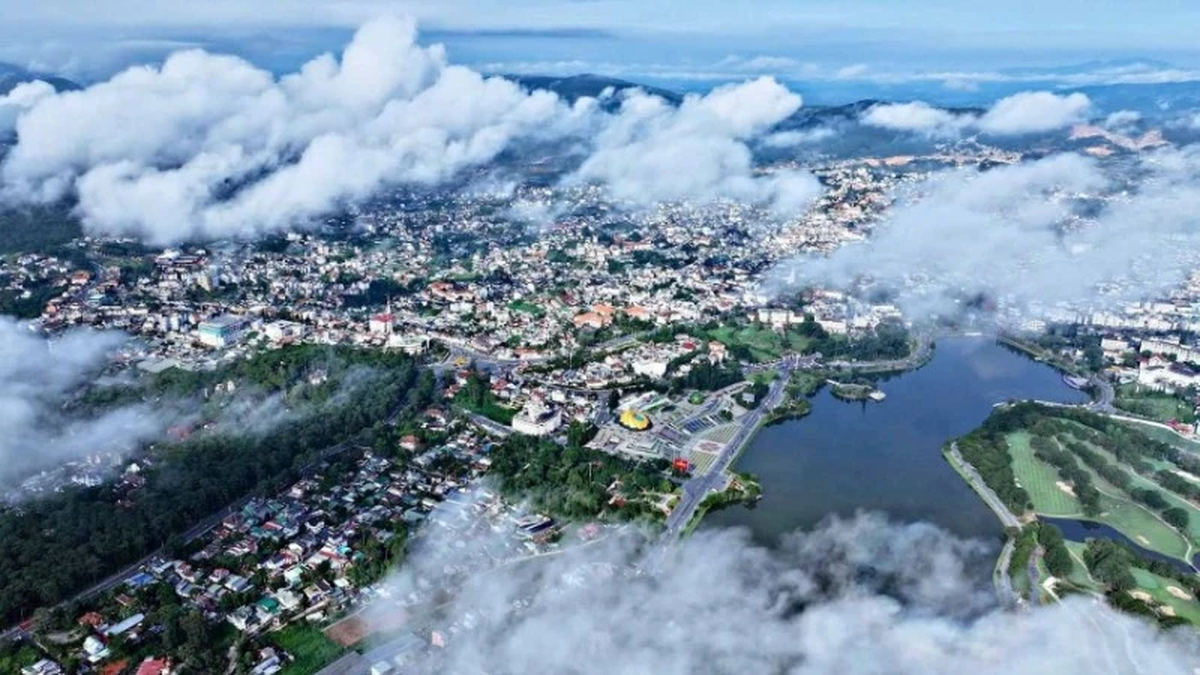
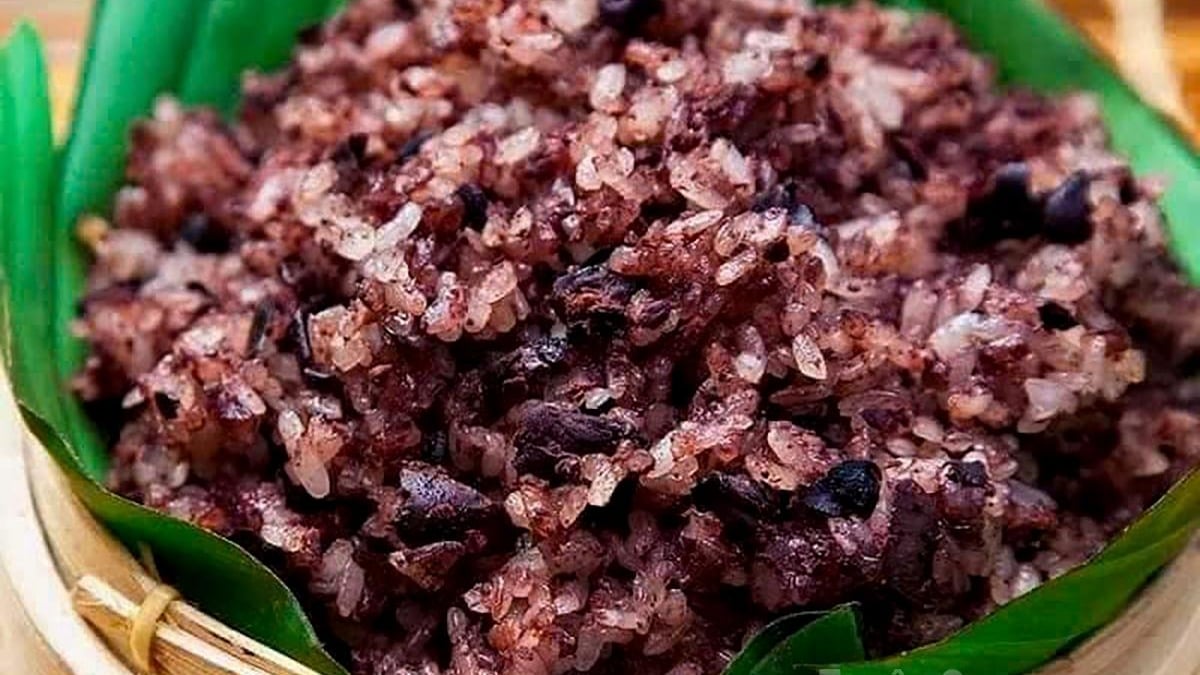
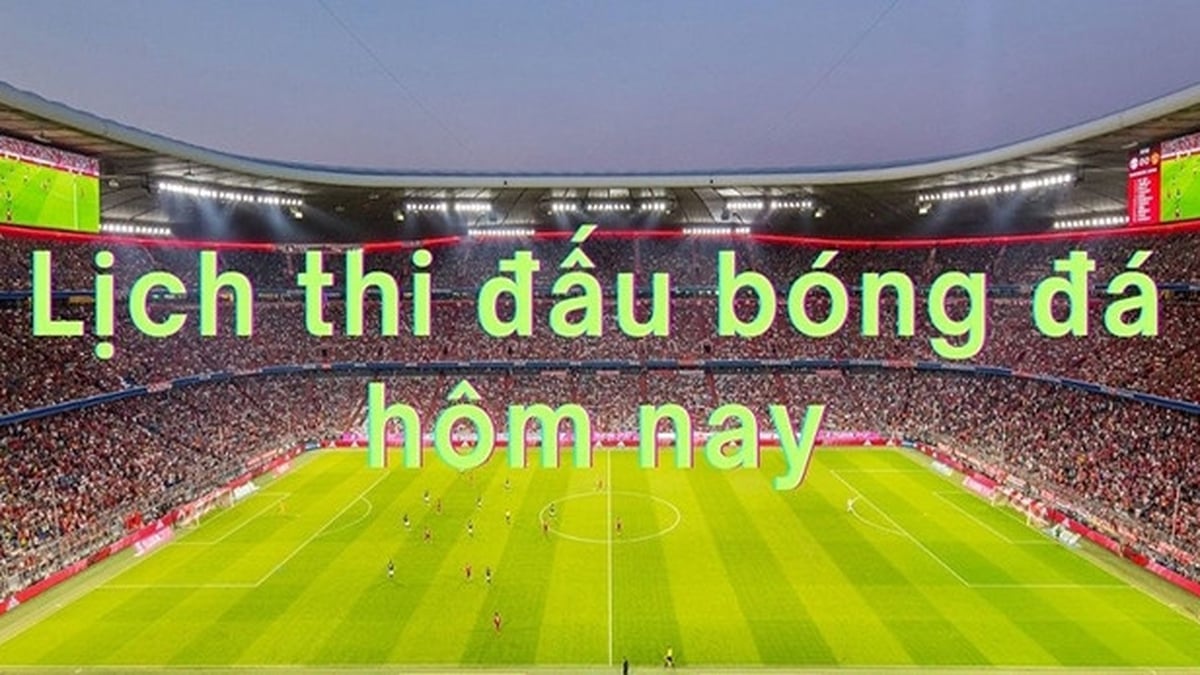

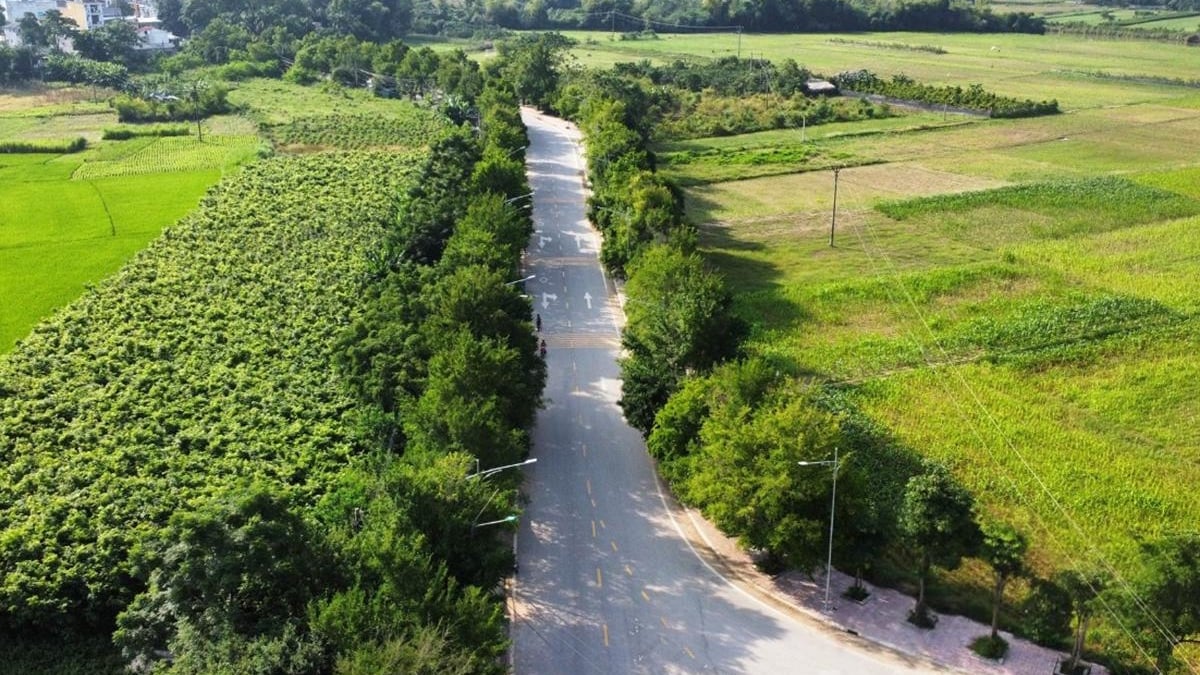
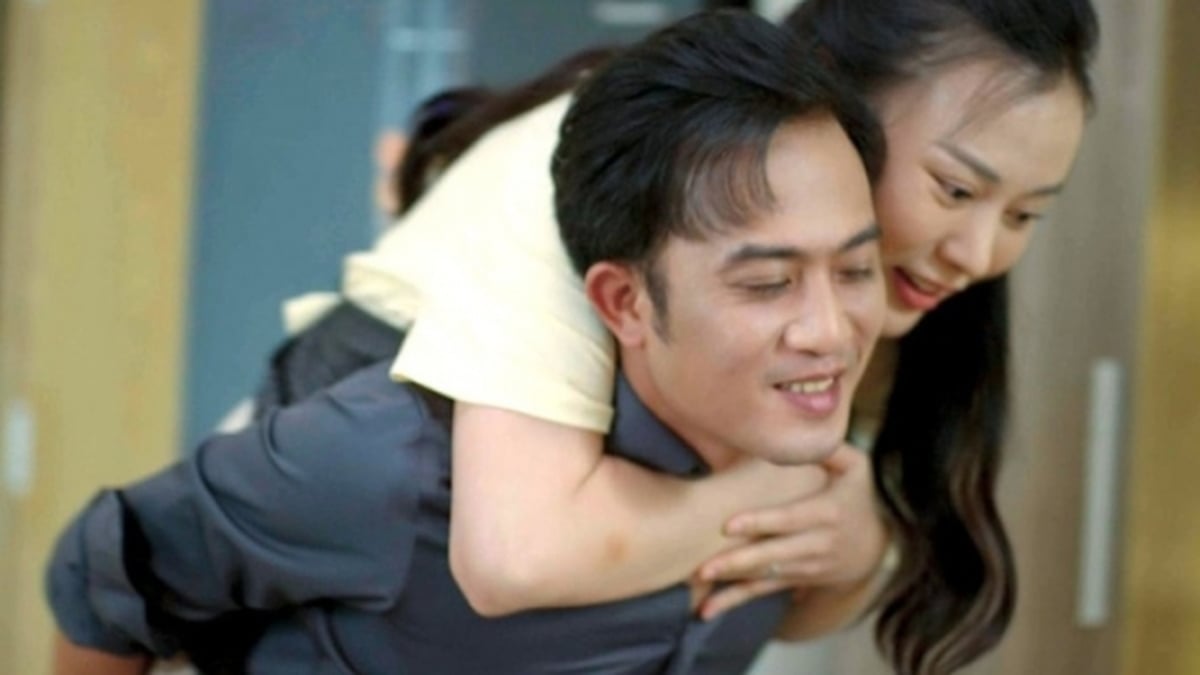

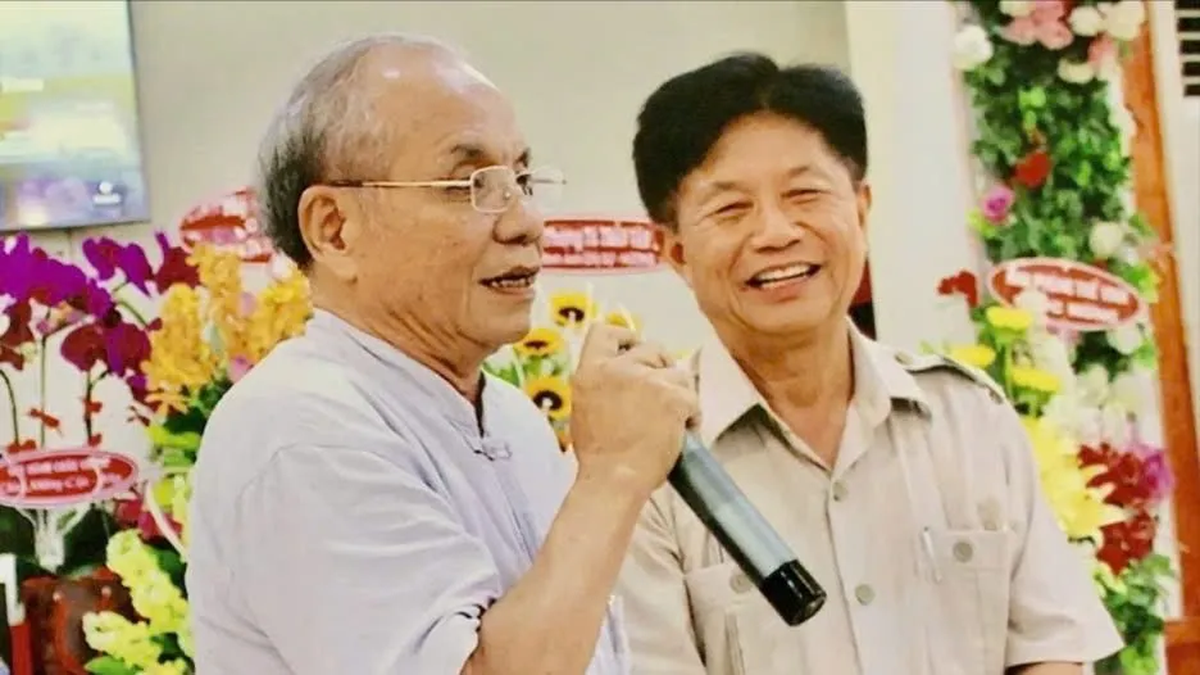










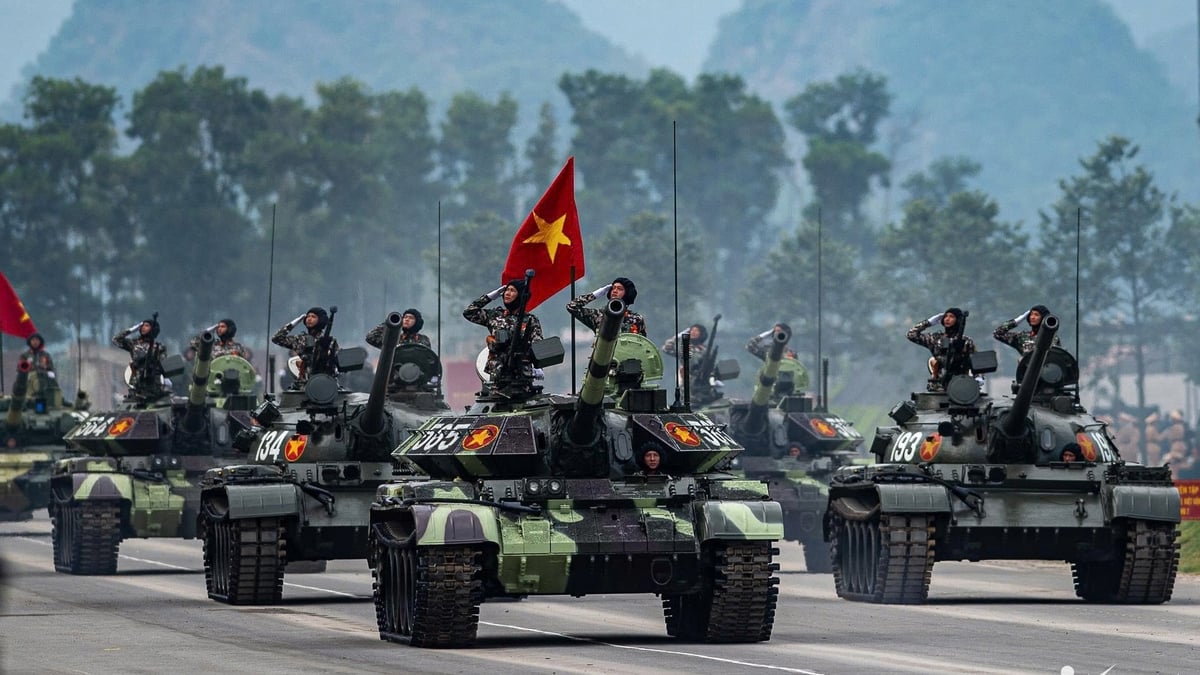
![[Photo] Binh Khanh Bridge Ho Chi Minh City is ready to reach the finish line](https://vphoto.vietnam.vn/thumb/1200x675/vietnam/resource/IMAGE/2025/8/14/b0dcfb8ba9374bd9bc29f26e6814cee2)


![[Photo] Prime Minister Pham Minh Chinh attends a special art program called "Hanoi - From the historic autumn of 1945"](https://vphoto.vietnam.vn/thumb/1200x675/vietnam/resource/IMAGE/2025/8/15/c1c42655275c40d1be461fee0fd132f3)
![[Photo] Prime Minister Pham Minh Chinh talks on the phone with Cambodian Prime Minister Hun Manet](https://vphoto.vietnam.vn/thumb/1200x675/vietnam/resource/IMAGE/2025/8/15/72d3838db8154bafabdadc0a5165677f)
![[Photo] Firmly marching under the military flag: Ready for the big festival](https://vphoto.vietnam.vn/thumb/1200x675/vietnam/resource/IMAGE/2025/8/15/86df2fb3199343e0b16b178d53f841ec)
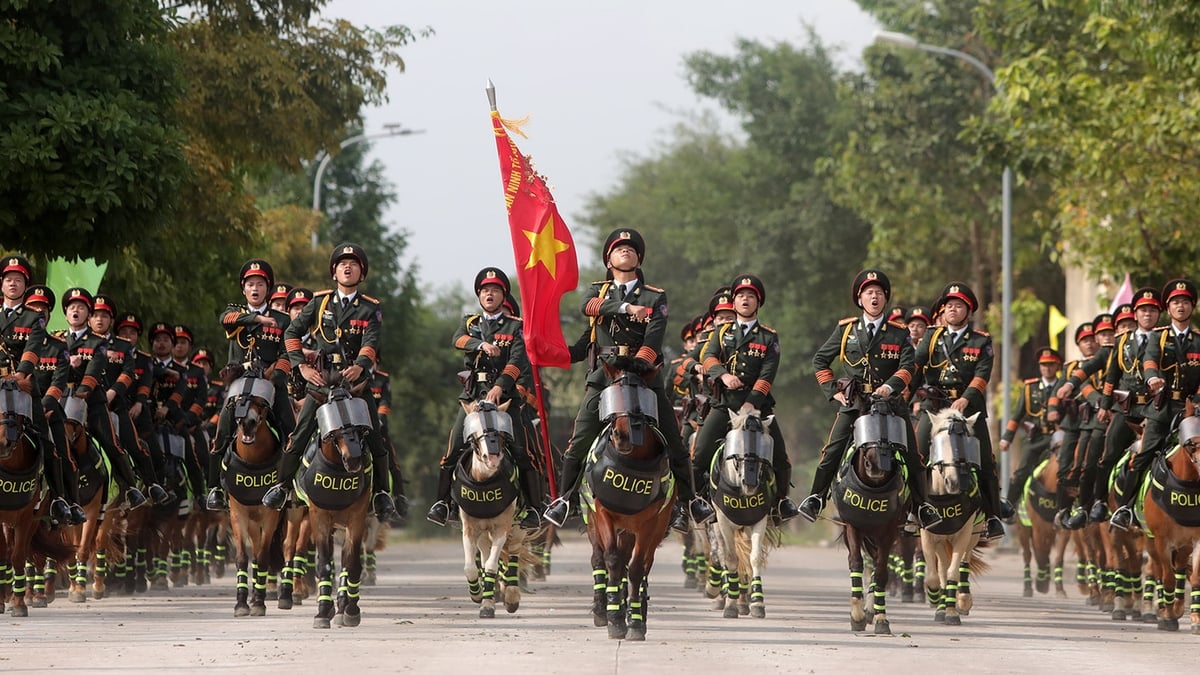
![[Photo] The special solidarity relationship between Vietnam and Cuba](https://vphoto.vietnam.vn/thumb/1200x675/vietnam/resource/IMAGE/2025/8/15/5f06c789ab1647c384ccb78b222ad18e)
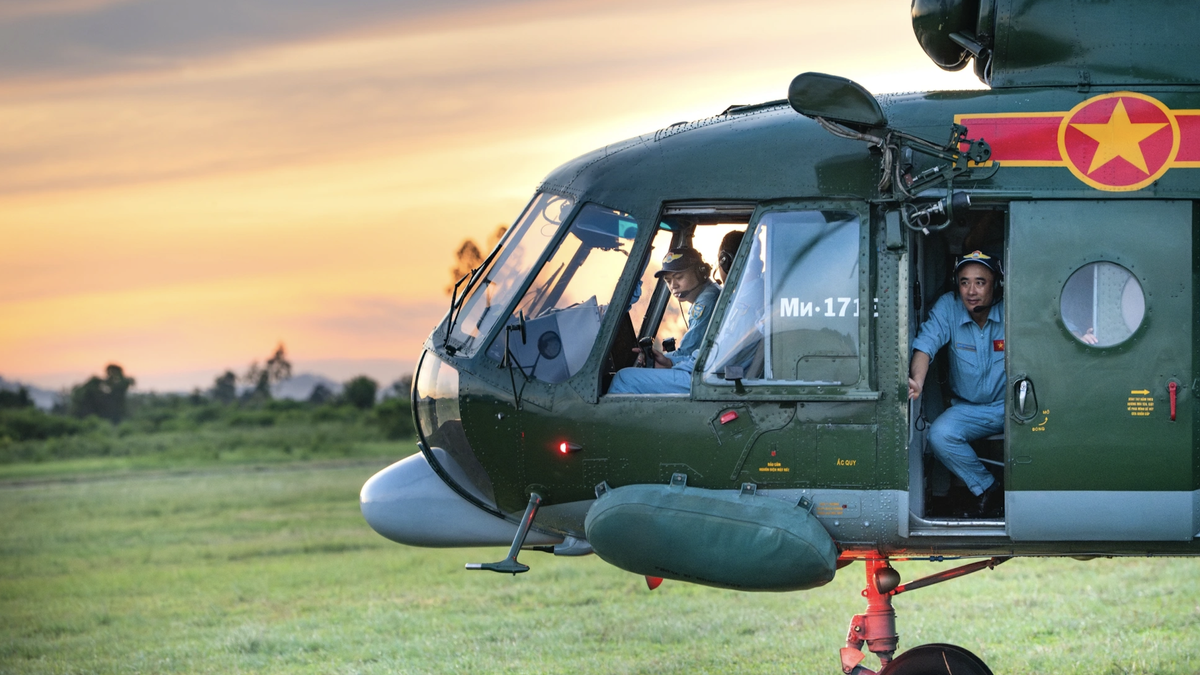


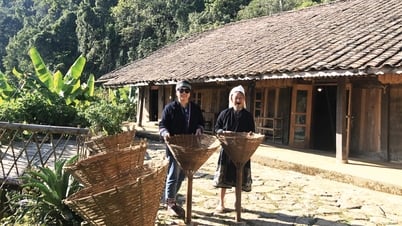




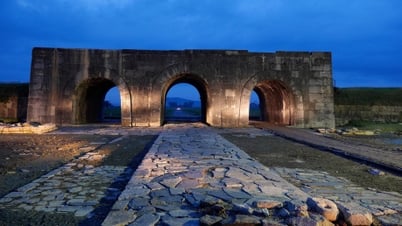







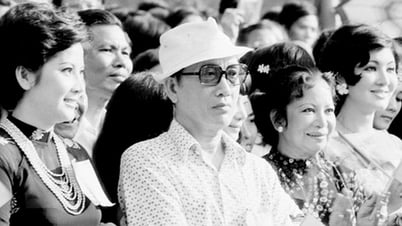





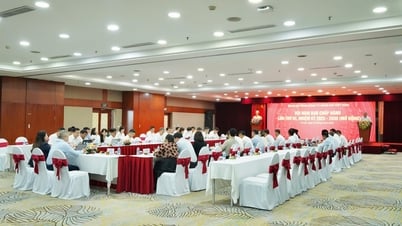




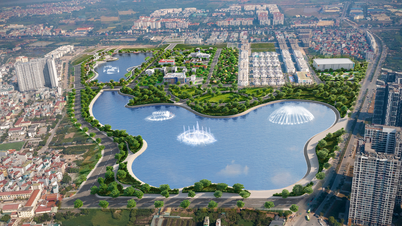
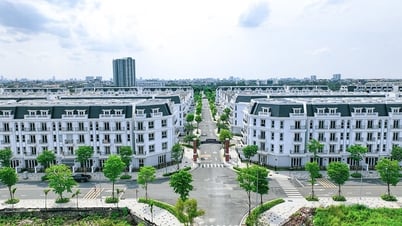




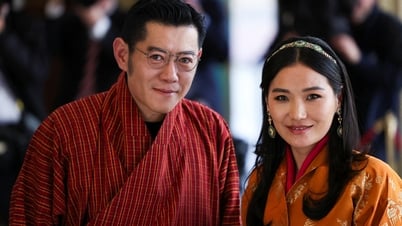



![[Photo] President Luong Cuong receives Finnish Ambassador to Vietnam Keijo Norvanto](https://vphoto.vietnam.vn/thumb/402x226/vietnam/resource/IMAGE/2025/8/15/9787f940853c45d39e9d26b6d6827710)


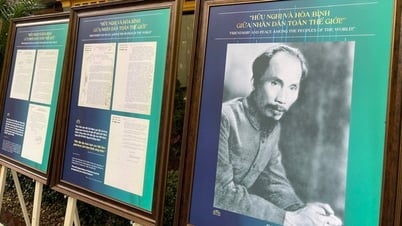






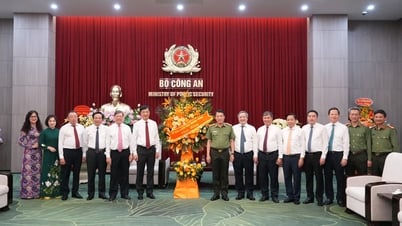























Comment (0)